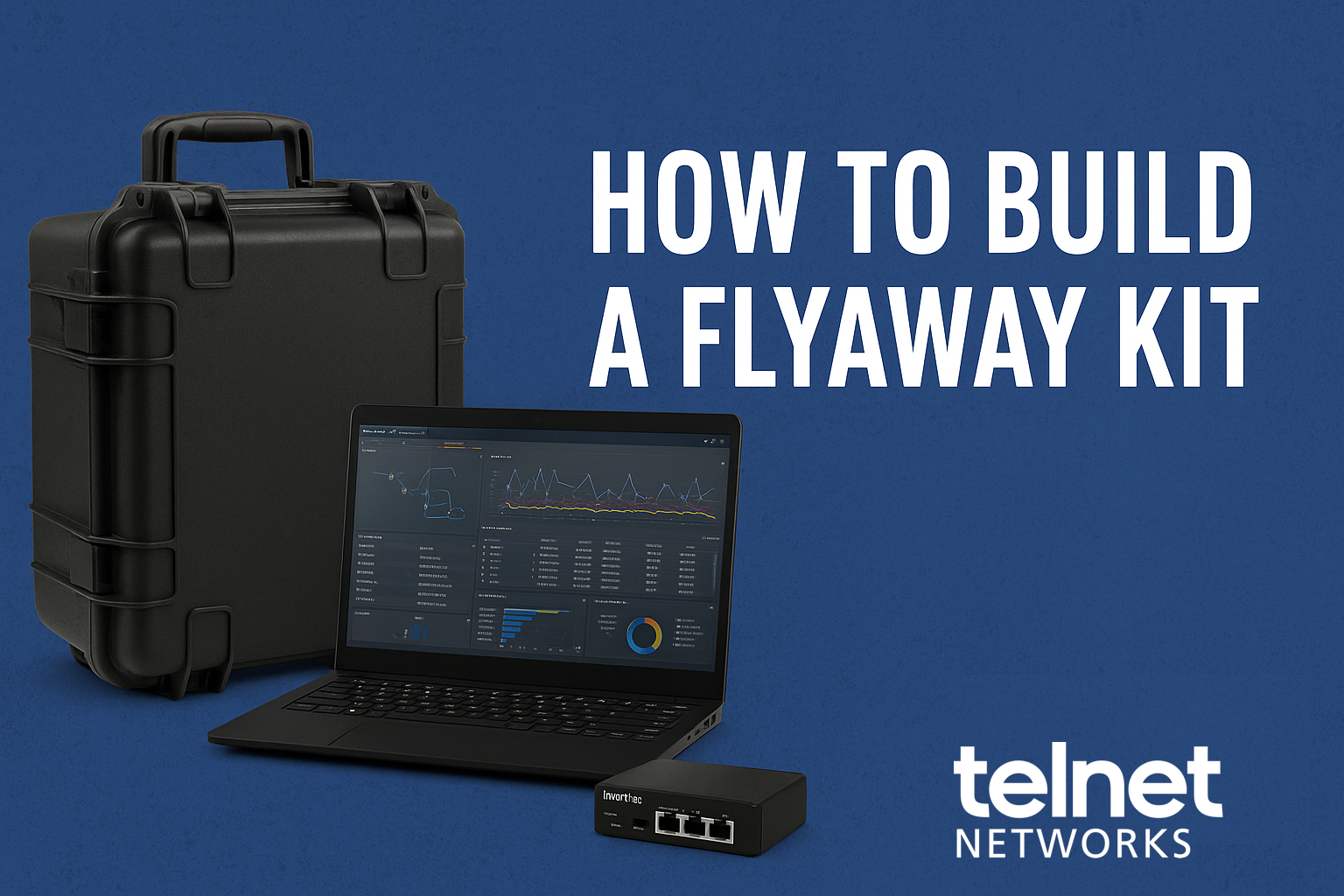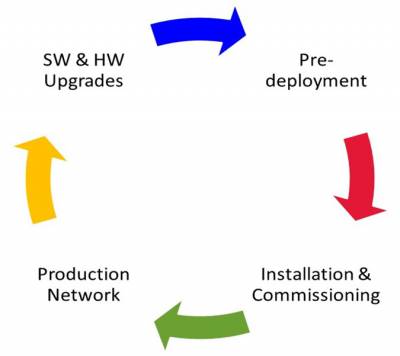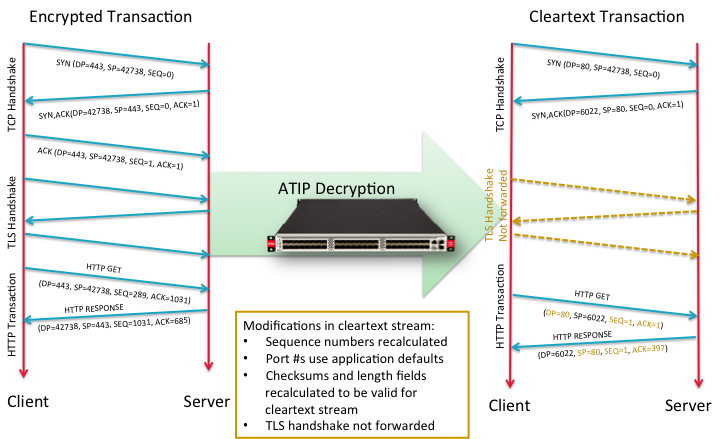In the world of network performance and cybersecurity, the ability to move fast can make the difference between a quick fix and a costly outage. That’s where flyaway kits come in — compact, portable, and ready-to-deploy network visibility and monitoring systems designed to travel anywhere you need them.
Whether you’re troubleshooting a remote site, validating a new deployment, or investigating an industrial network incident, a flyaway kit gives you everything you need to capture, analyze, and act on network data in the field.
In this guide, we’ll break down what a flyaway kit is, why they’re so valuable, and how to build the right one for enterprise IT visibility and OT/ICS network monitoring.
What Is a Flyaway Kit?
A flyaway kit is a self-contained, portable network monitoring and analysis solution built for rapid deployment in the field. Think of it as a mini NOC in a box — rugged, compact, and designed to help you gain instant visibility into live network traffic anywhere.
Each kit typically includes:
- Network TAPs to access data safely
- Capture and analysis tools for packet-level visibility
- Time synchronization and connectivity accessories
- Ruggedized power and transport options for field use
Flyaway kits are common in telecom, defense, utilities, and enterprise IT — anywhere fast, reliable diagnostics are critical.
Why a Flyaway Kit Matters
When a problem happens outside the lab or NOC, every minute counts. A well-built flyaway kit allows engineers to:
- Diagnose problems faster – No waiting for remote access or site setup.
- Collect accurate data – Direct packet capture and real-time visibility.
- Reduce downtime – Identify and isolate performance or security issues on-site.
- Work anywhere – From a factory floor to a remote substation or a pop-up site.
In short, flyaway kits bring reliable and fast acting visibility to where the problem is — not the other way around.
Design Priorities: Portability, Reliability, Compatibility
A well-engineered flyaway kit should emphasize:
- Portability: Compact, lightweight, and quick to deploy — ideally airline carry-on size.
- Reliability: Proven tools and set ups along with ruggedized hardware and power systems that work in challenging conditions if needed.
- OT Compatibility: Passive, non-intrusive data access that respects operational safety.
- Flexibility: Interchangeable SFPs, adapters, and tools to cover multiple network types.
- Ease of Use: Familiar, pre-configured systems with dashboards ready to run out-of-the-box.
Building a Flyaway Kit for IT / Network Visibility & Packet Capture
If your focus is enterprise, service provider, or data center troubleshooting, your kit should deliver deep packet visibility, high-speed capture and real time analytics without compromising portability.
Typical Build
| Component | Role | Recommended Solutions |
| Network TAPs / Aggregators | Capture traffic safely and non-intrusively | Garland Technology copper/fiber portable TAPs, Profitap Booster Aggregator |
| Capture & Analysis Appliance | Perform packet capture, DPI, and traffic replay | Profitap IOTA, Allegro Packets Multimeter 1000/3000 Series |
| Analysis Software | View, filter, and interpret traffic | ProfiShark, Wireshark, Allegro |
| Timing & Synchronization | Ensure accurate timestamps | Safran GPS Sync or integrated modules |
| Ruggedized Laptop / Mini Server | Portable workstation for analysis | Toughbook or field laptop with SSD storage |
| Transport Case | Protect and organize equipment | Pelican 1600/1650 series case |
With this setup, engineers can perform on-site performance analysis, validate QoS, or capture forensic data in minutes — without impacting live services.
Building a Flyaway Kit for OT / ICS Networks
Industrial environments have unique challenges: legacy devices, sensitive protocols, and air-gapped networks that can’t tolerate disruptions.
An OT/ICS flyaway kit focuses on safe, passive monitoring and asset visibility — helping operators and cybersecurity teams understand what’s really happening on the network.
Typical Build
| Component | Role | Recommended Solutions |
| Industrial TAPs | Passive access to ICS traffic (Modbus, DNP3, PROFINET) | Garland Technology Industrial TAPs, Profitap Industrial Series |
| OT Visibility / Security Appliance | Analyze OT protocols, assets, and anomalies | Nozomi Guardian, Claroty Edge, or portable Allegro Multimeter for performance-level monitoring |
| Ruggedized Data Collector | Compact compute device with monitoring software | Intel NUC or Advantech ARK with Nozomi or Zeek installed |
| Time Synchronization | Timestamp event data accurately | Safran GPS Sync or integrated modules |
| Visualization & Reporting | Dashboards for asset inventory and traffic baselines | Nozomi Vantage or Claroty xDome |
| Rugged Field Case | Shockproof, weather-resistant transport | Pelican Storm or Nanuk 935 case |
This build allows operators to quickly deploy visibility in industrial or critical infrastructure networks — without interrupting production or compromising safety.
How Flyaway Kits Speed Up Diagnostics
Engineers who rely on flyaway kits report 50–70% faster mean time to resolution (MTTR) on field issues. Why? Because they can capture and analyze traffic instantly, without waiting for remote access, permissions, or central analysis.
A kit can be deployed at a remote branch, in an industrial facility, or during a network migration — and within minutes, provide insight into:
- Where packets are being dropped
- Which device is causing latency
- Whether an issue is network or application-related
In industrial networks, they also help map assets, identify misconfigurations, and detect unauthorized devices — all without downtime.
Bringing It All Together
At Telnet Networks, we help organizations across Canada build customized flyaway kits that meet their exact operational and visibility requirements.
By combining solutions from trusted partners like Profitap, Allegro Packets, Garland Technology, Cubro, and Nozomi Networks, we deliver kits that are:
- Portable and ruggedized
- Fully interoperable across IT and OT environments
- Preconfigured for rapid deployment and analysis
Whether you need a packet capture toolkit for IT troubleshooting or an industrial visibility system for OT security, we can help you design the right flyaway kit — ready to go wherever your network takes you.
Ready to Build Your Own Flyaway Kit?
Contact Telnet Networks to learn more about designing a custom, field-ready flyaway kits for your organization





















 The ‘Dark Side’
The ‘Dark Side’